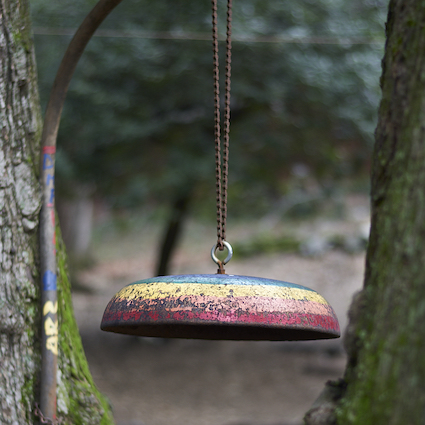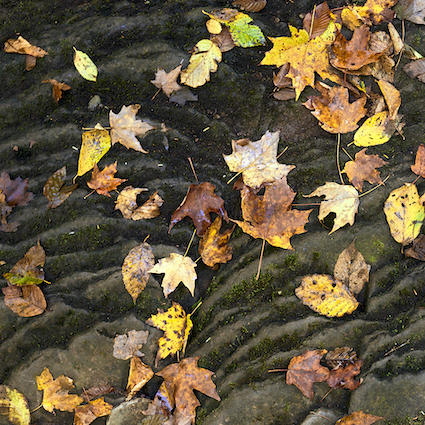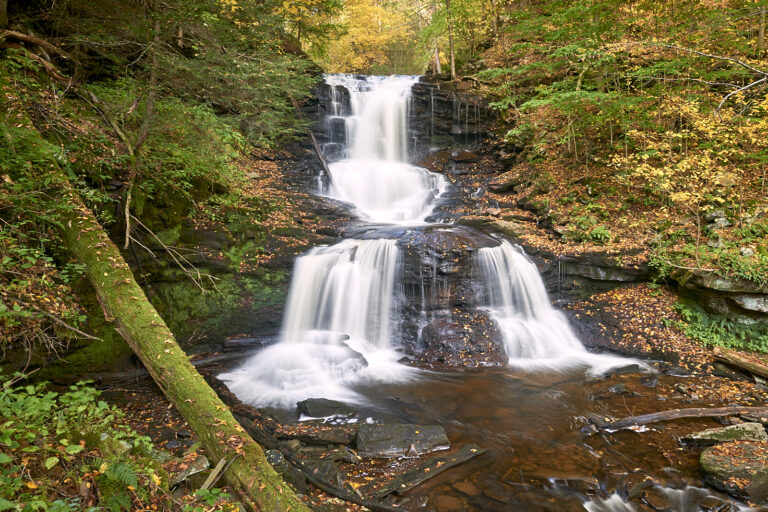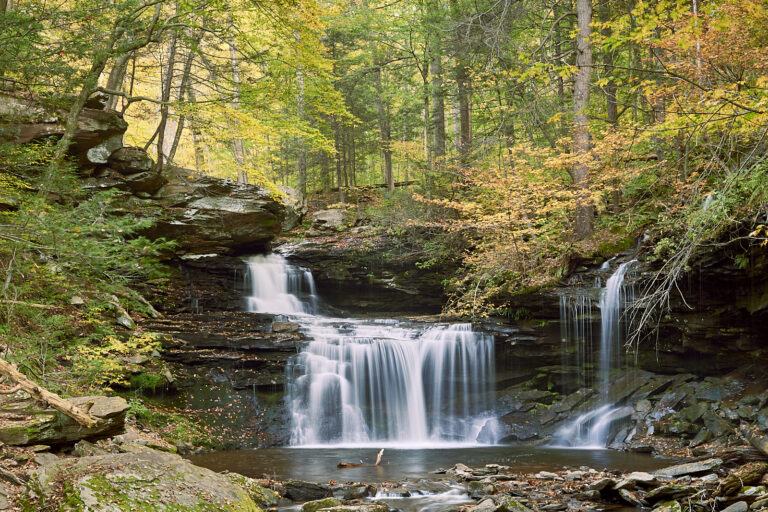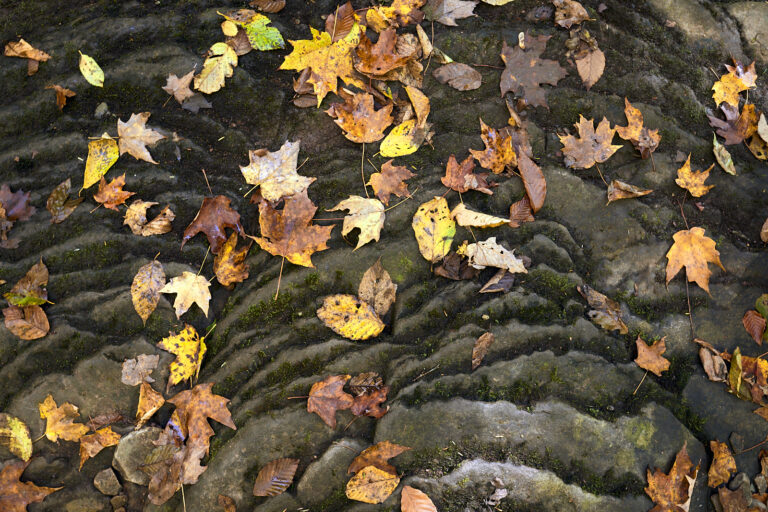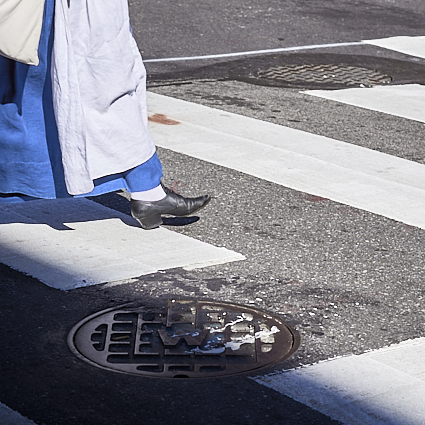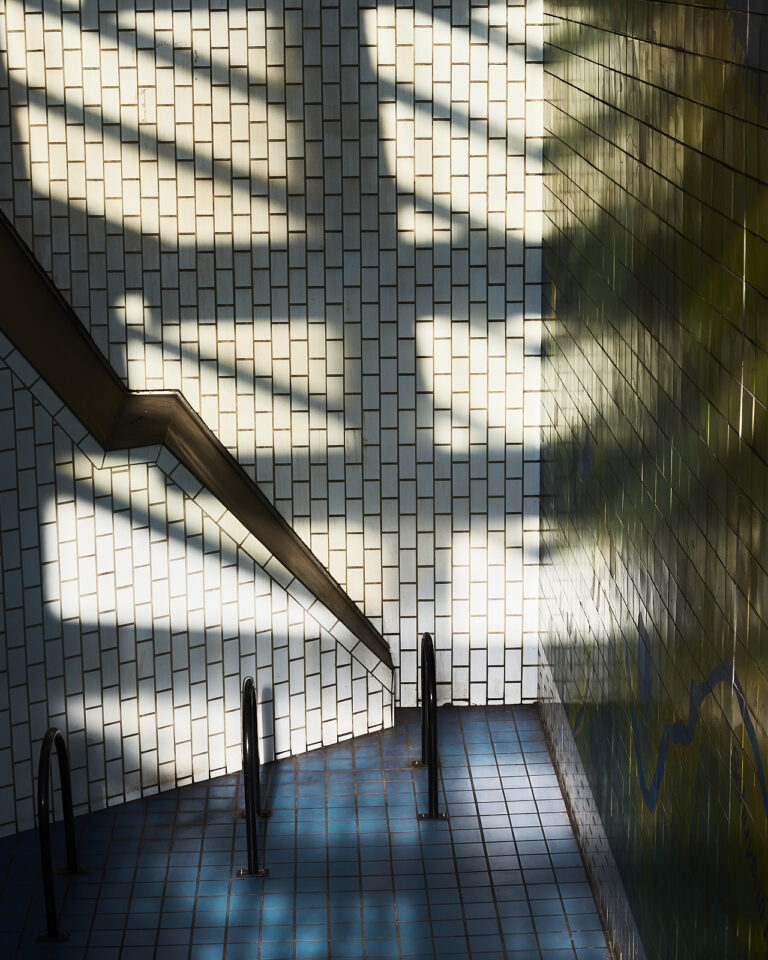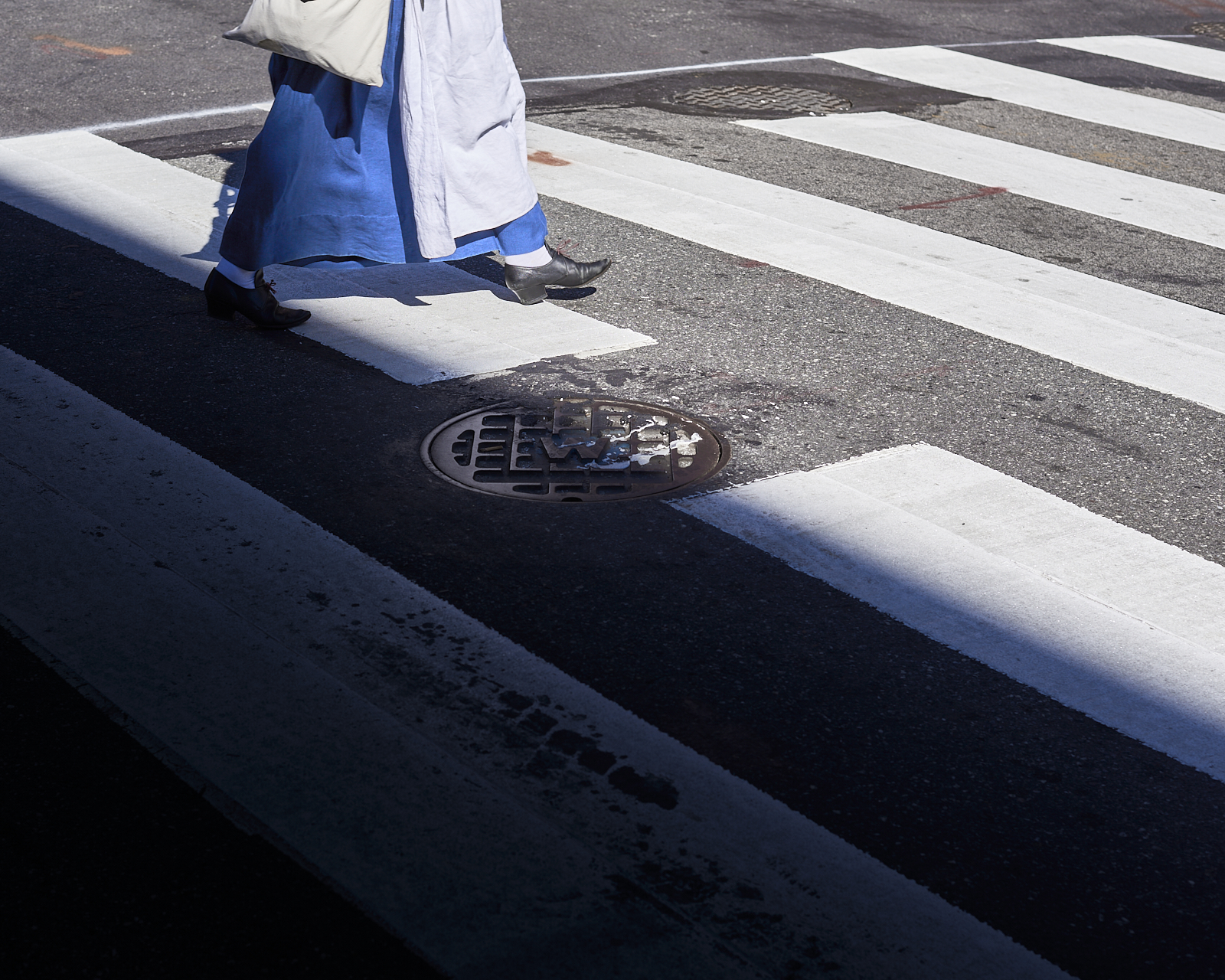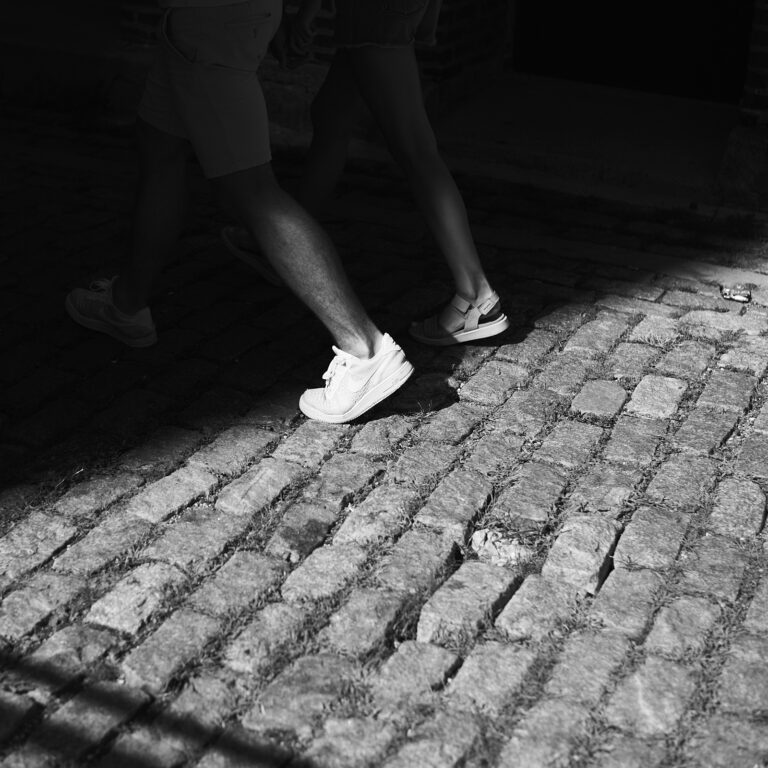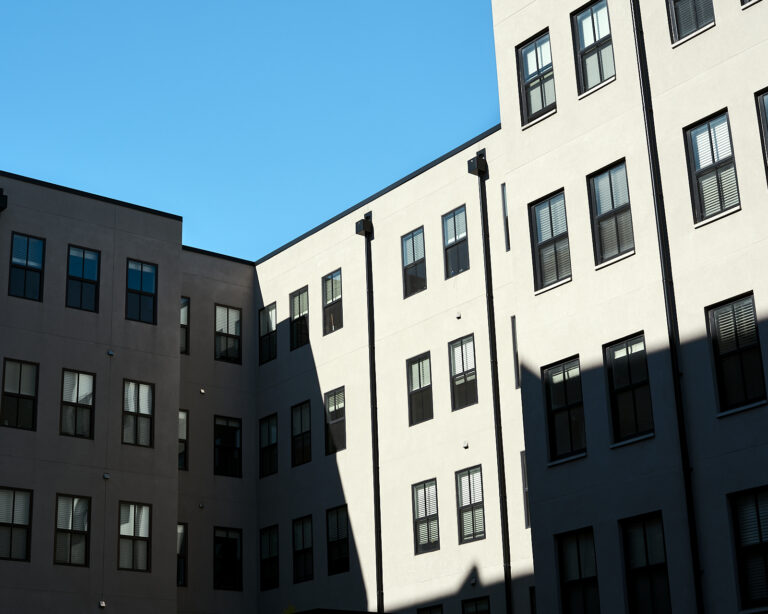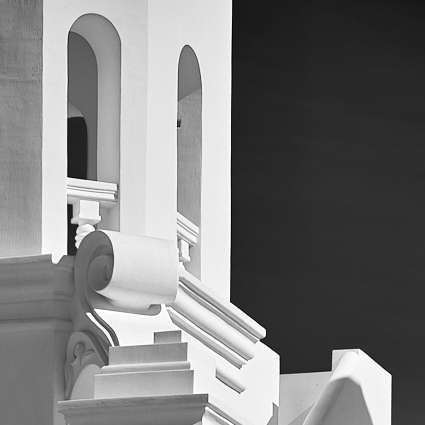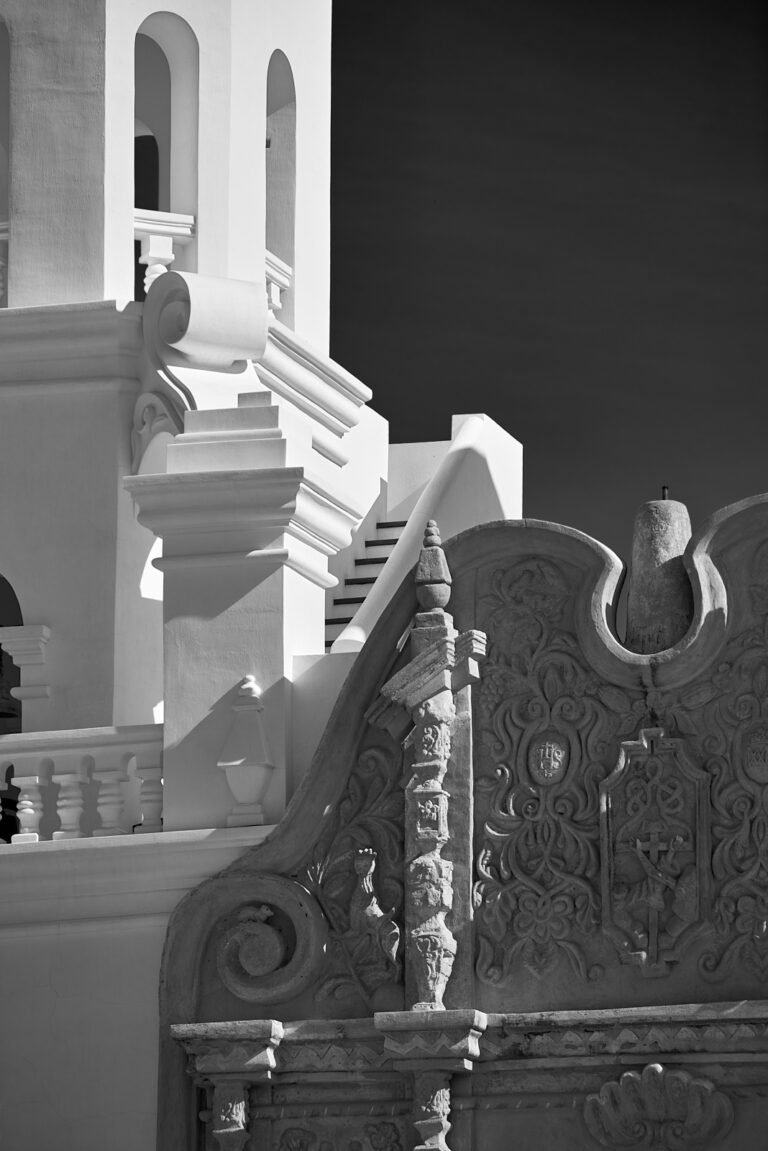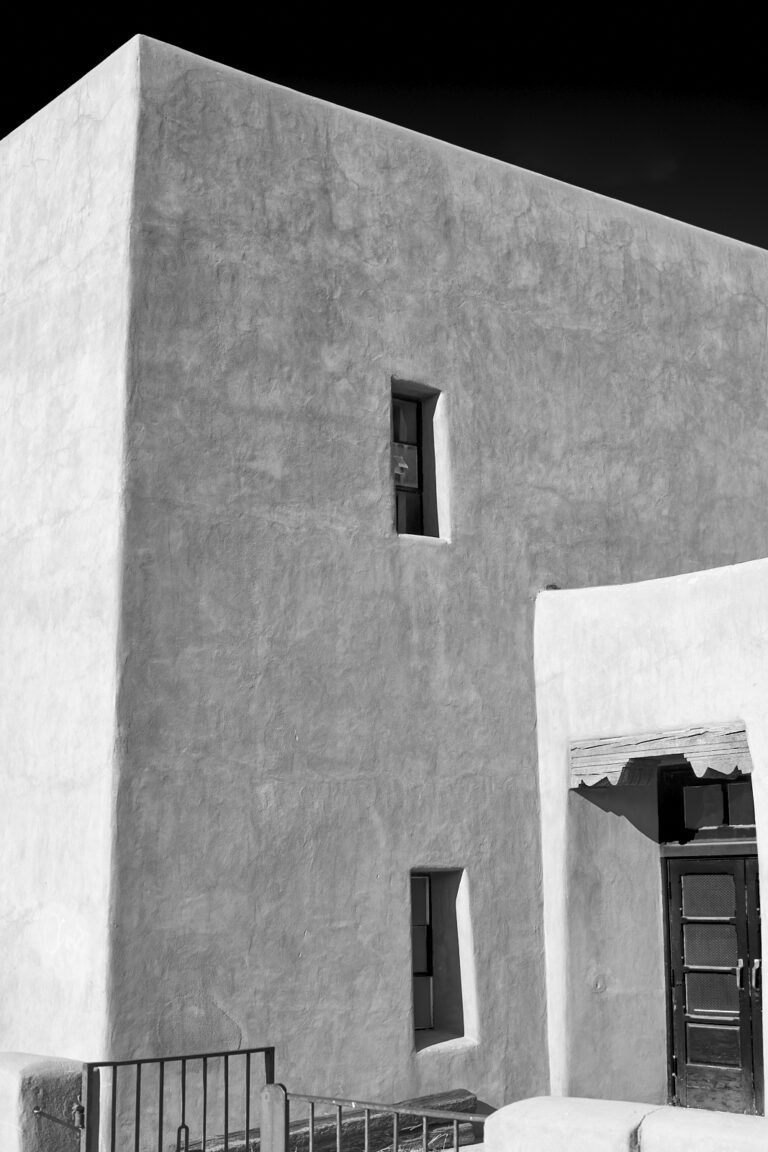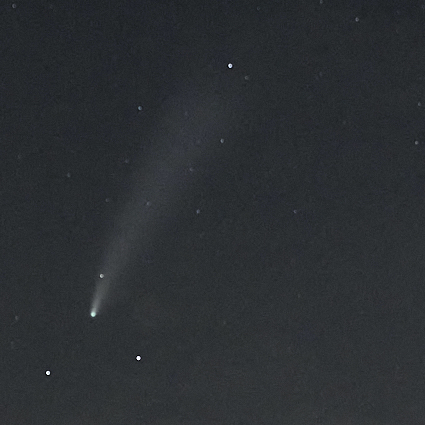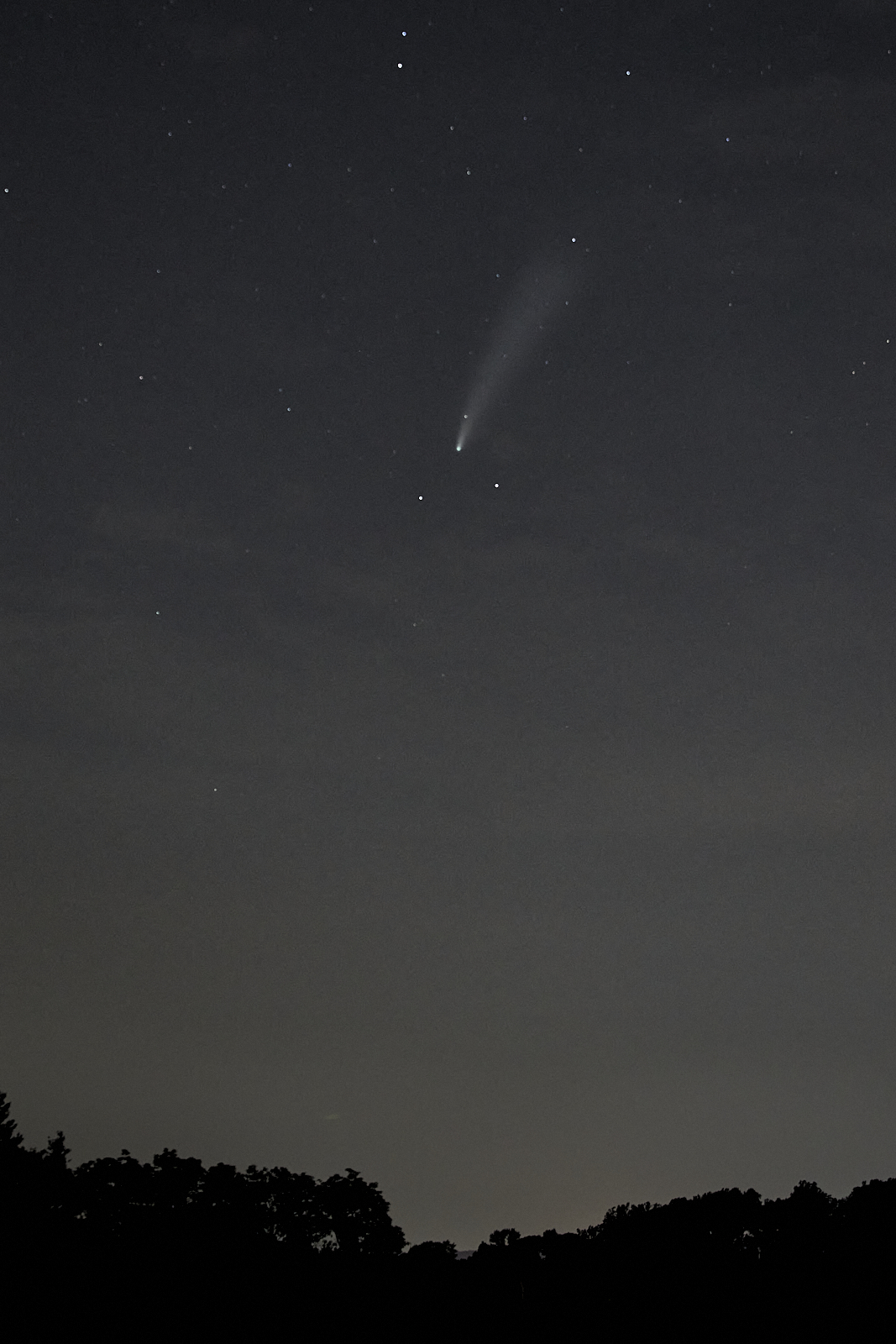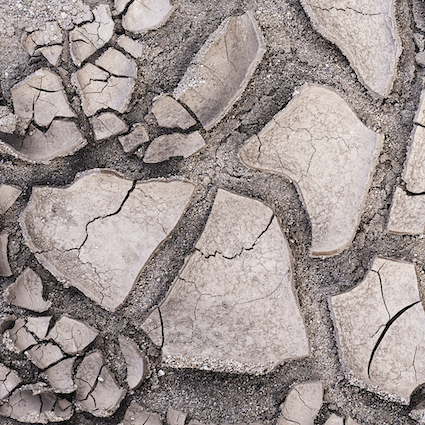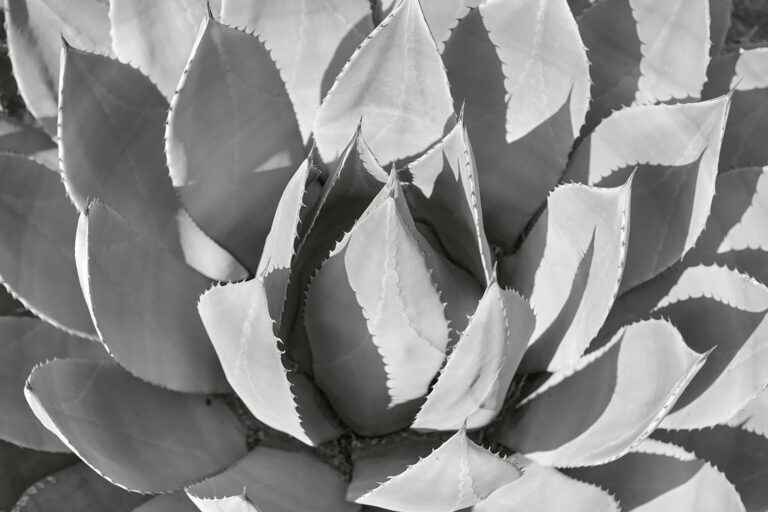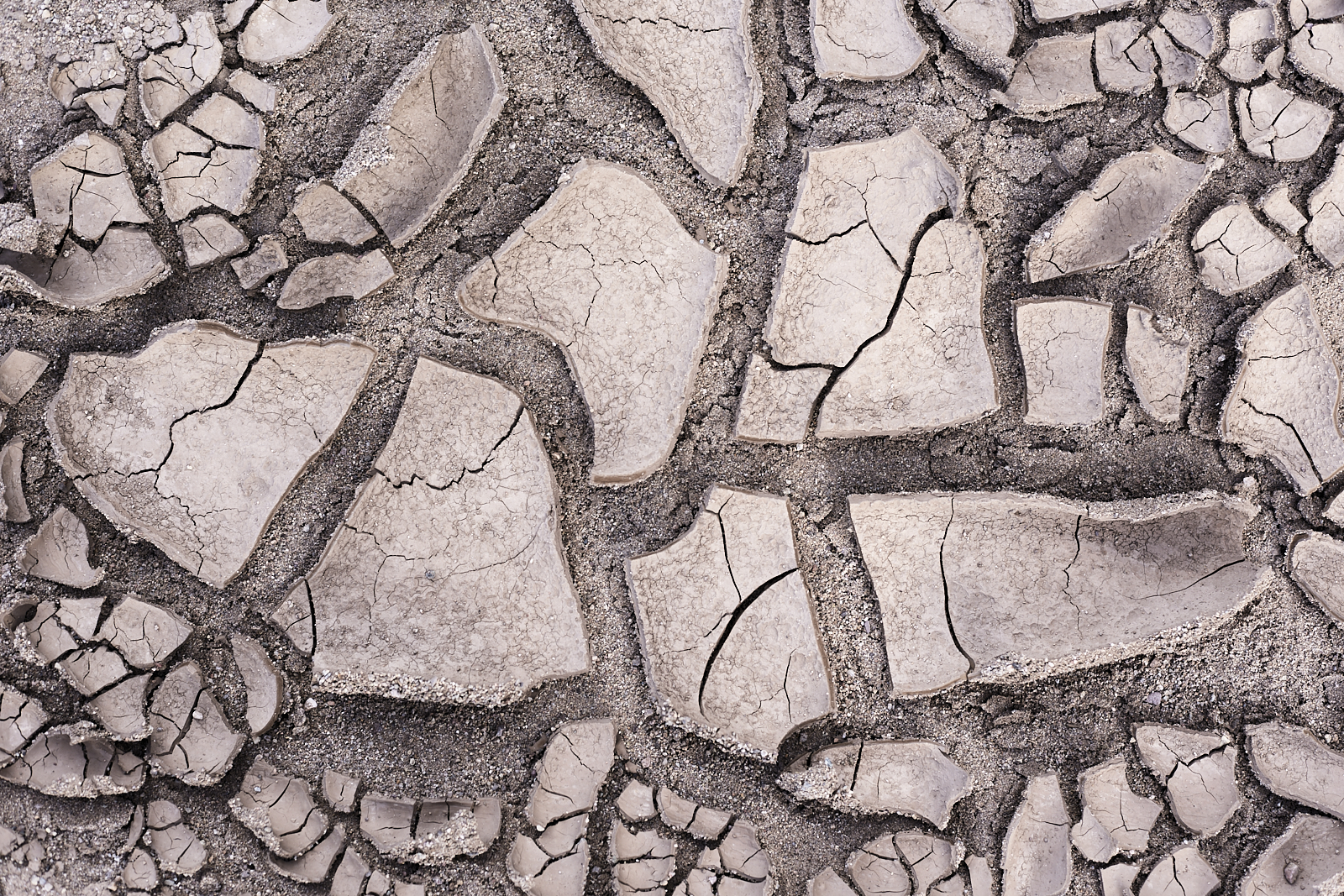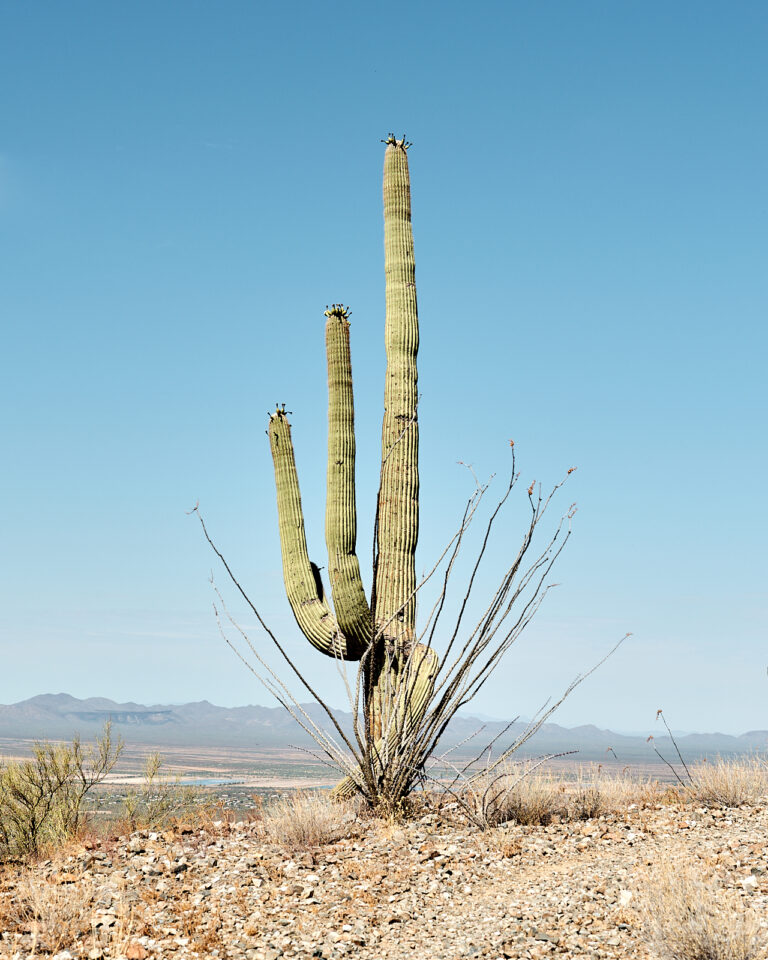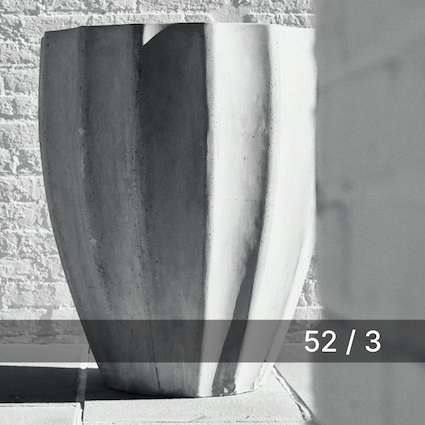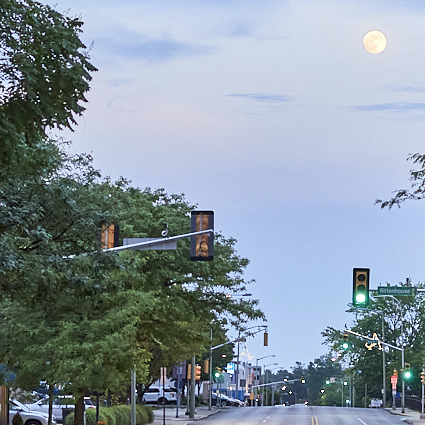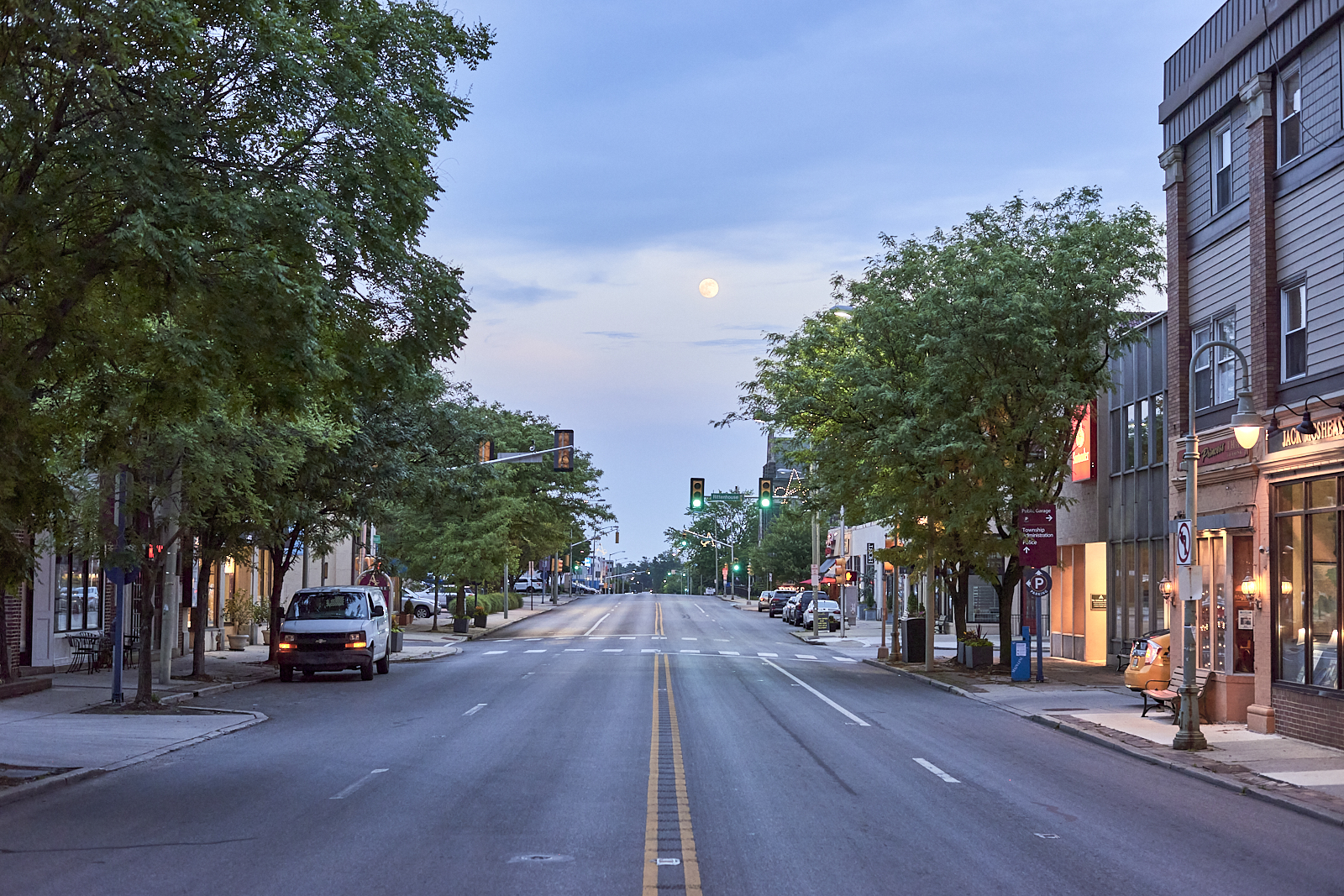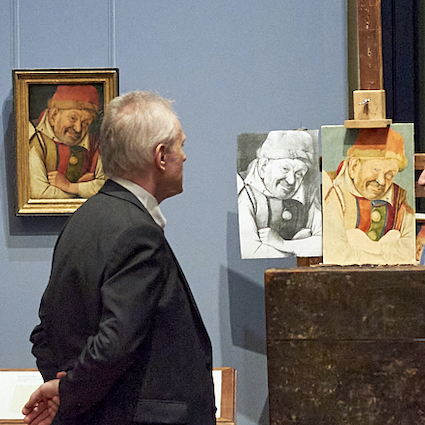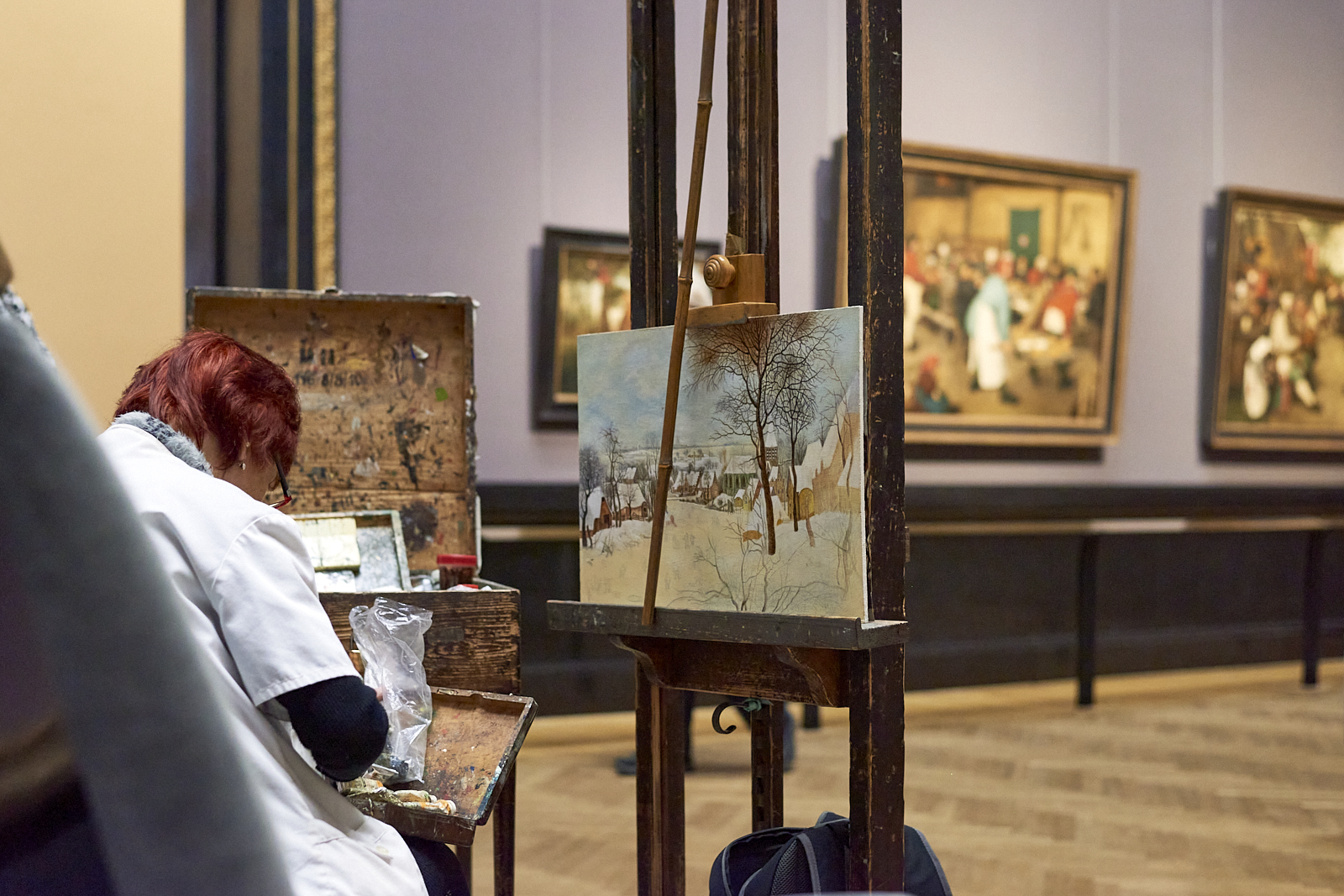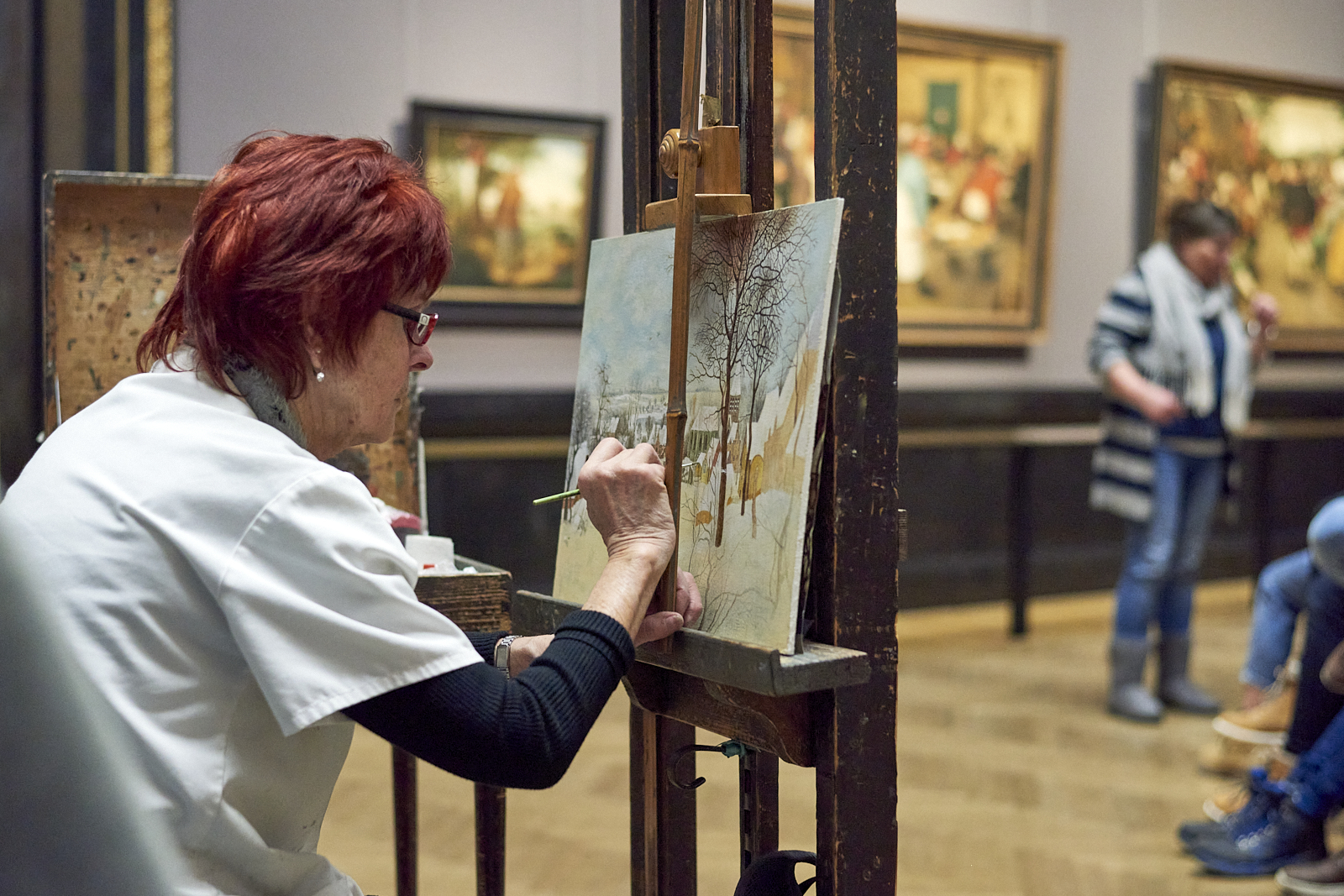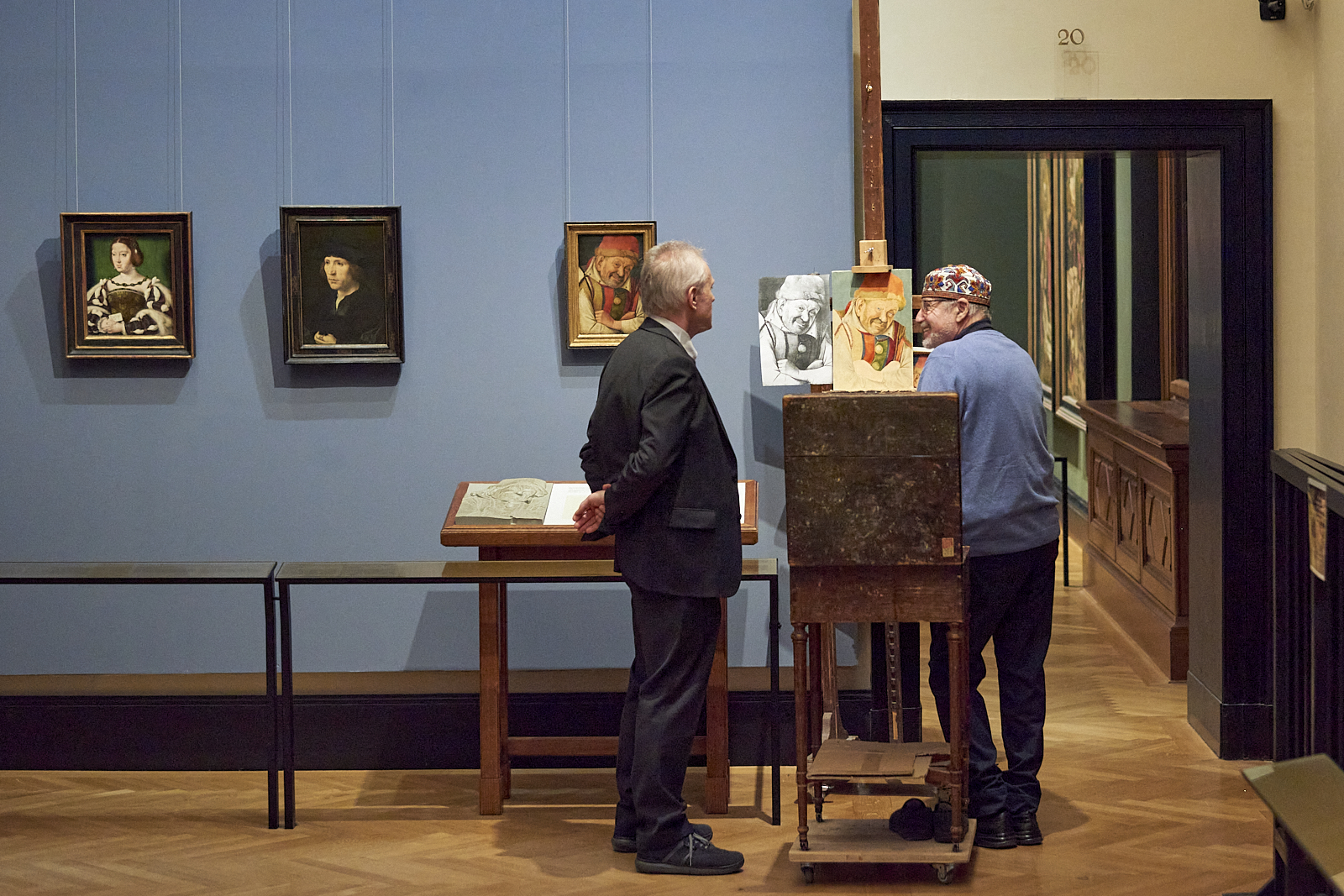Photography seems always to imagine a different world. Photographers don’t record the reality they see, they consecrate a reality they wish to see. In this way, photographs are always about a world that no longer exists. The lure of dilapidated buildings, of abandoned places, and of weed-choked roads testify to the photographer’s urge to record and celebrate lost scenes. Photography teeters between preservation and nostalgia.
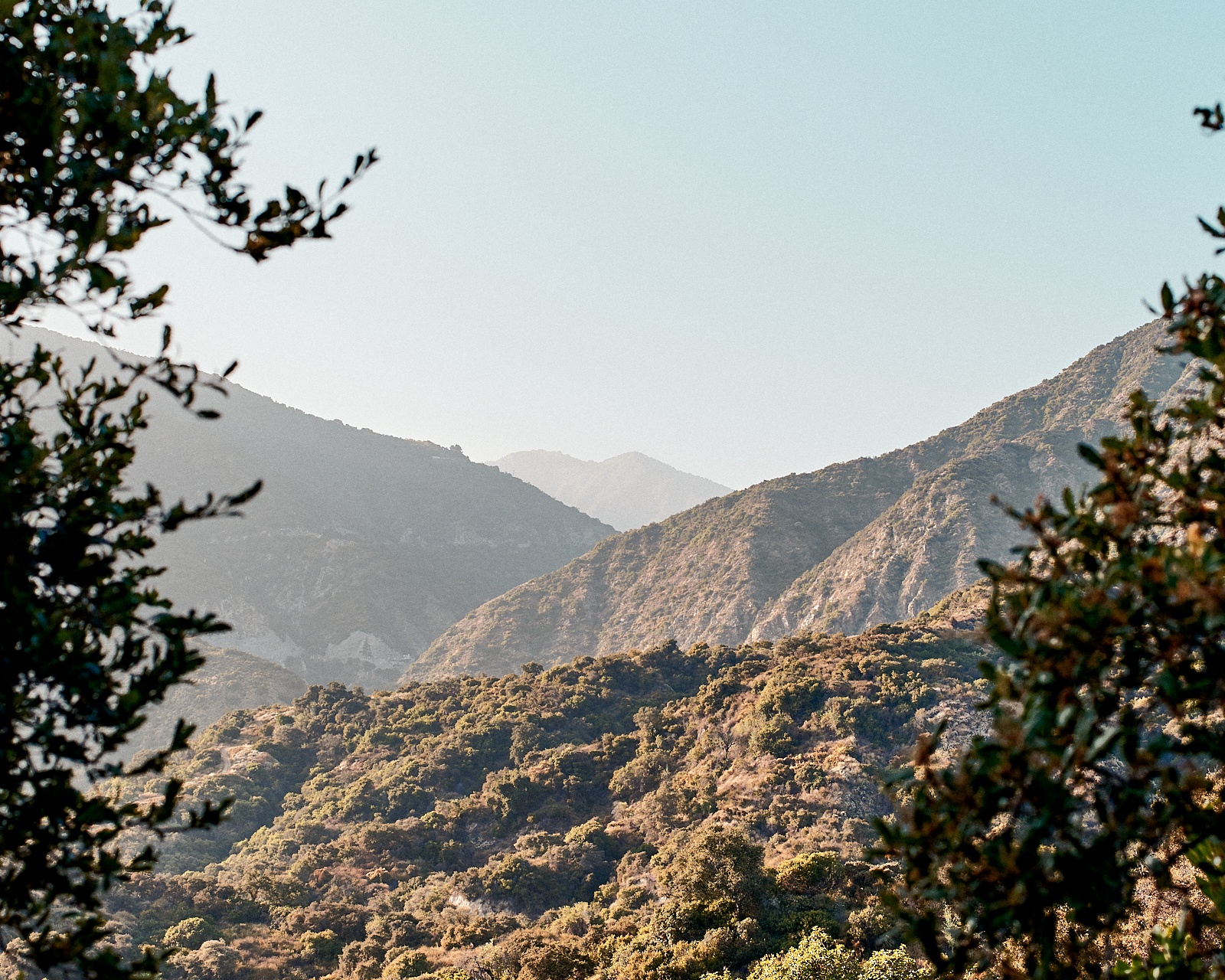
It is difficult to preserve without the taint of nostalgia, as is the case now as I look over some photographs taken before the Bobcat Fire devastated so much of the San Gabriel mountains and Santa Anita Canyon. Loss and destruction had always lurked along the trail up Santa Anita Canyon in the remnants of previous structures scattered through the trees.
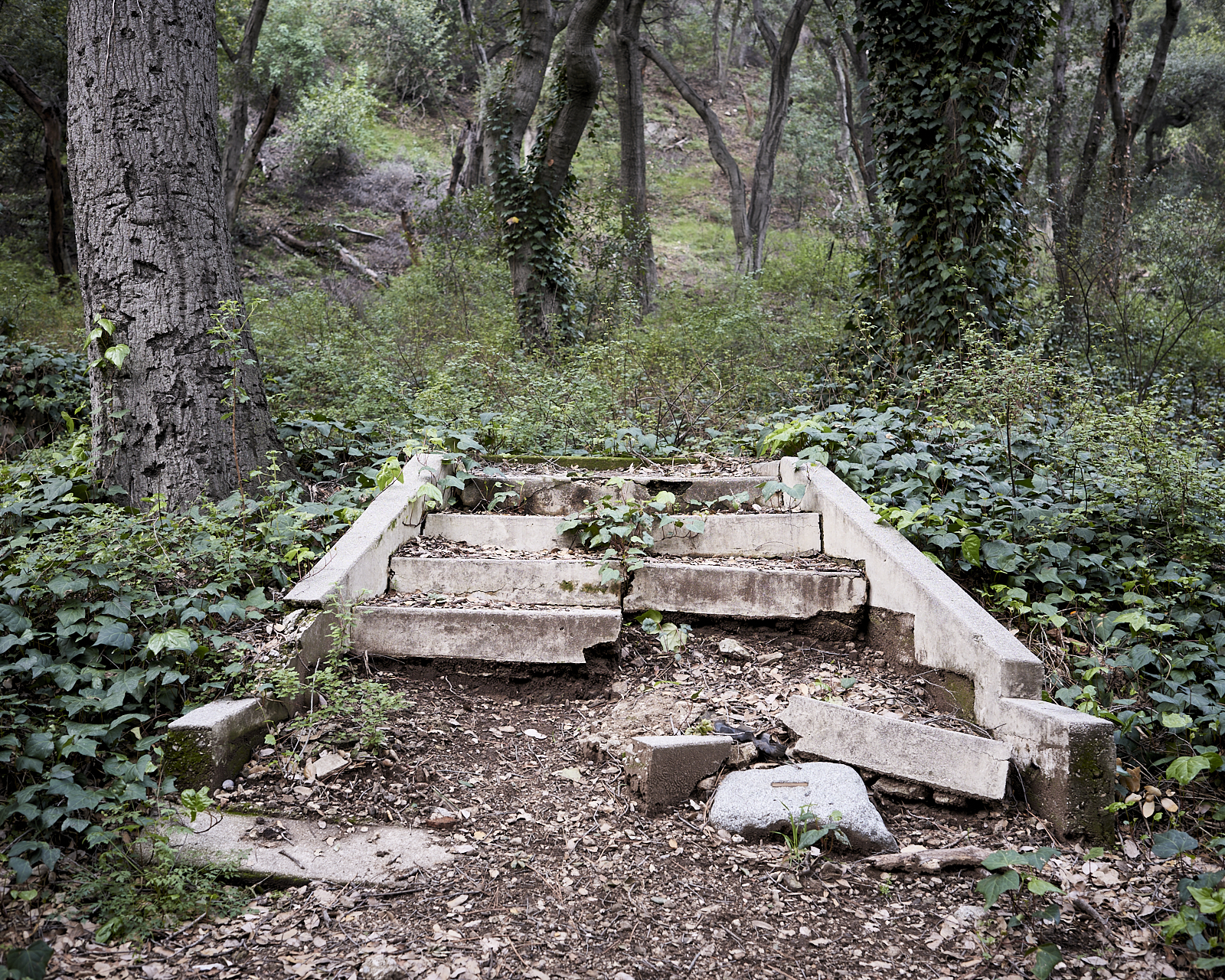
But now the various photographs intended, for the most part, to preserve what I saw as I hiked up the canyon have become a poignant reminder of how much more we have already lost. These photos are also a warning for what will likely be lost when the mud and debris slides down into the canyon and chokes the creek.
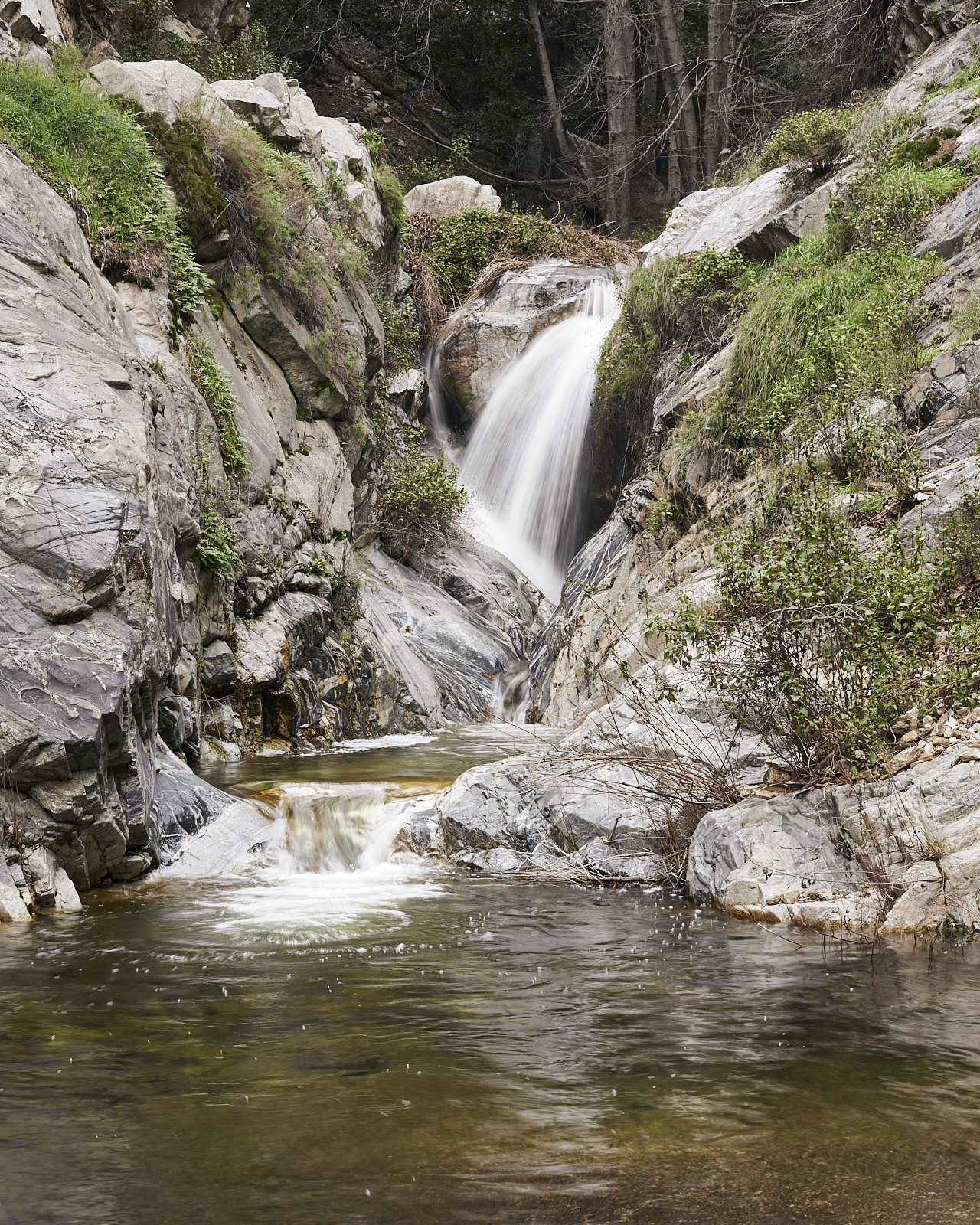
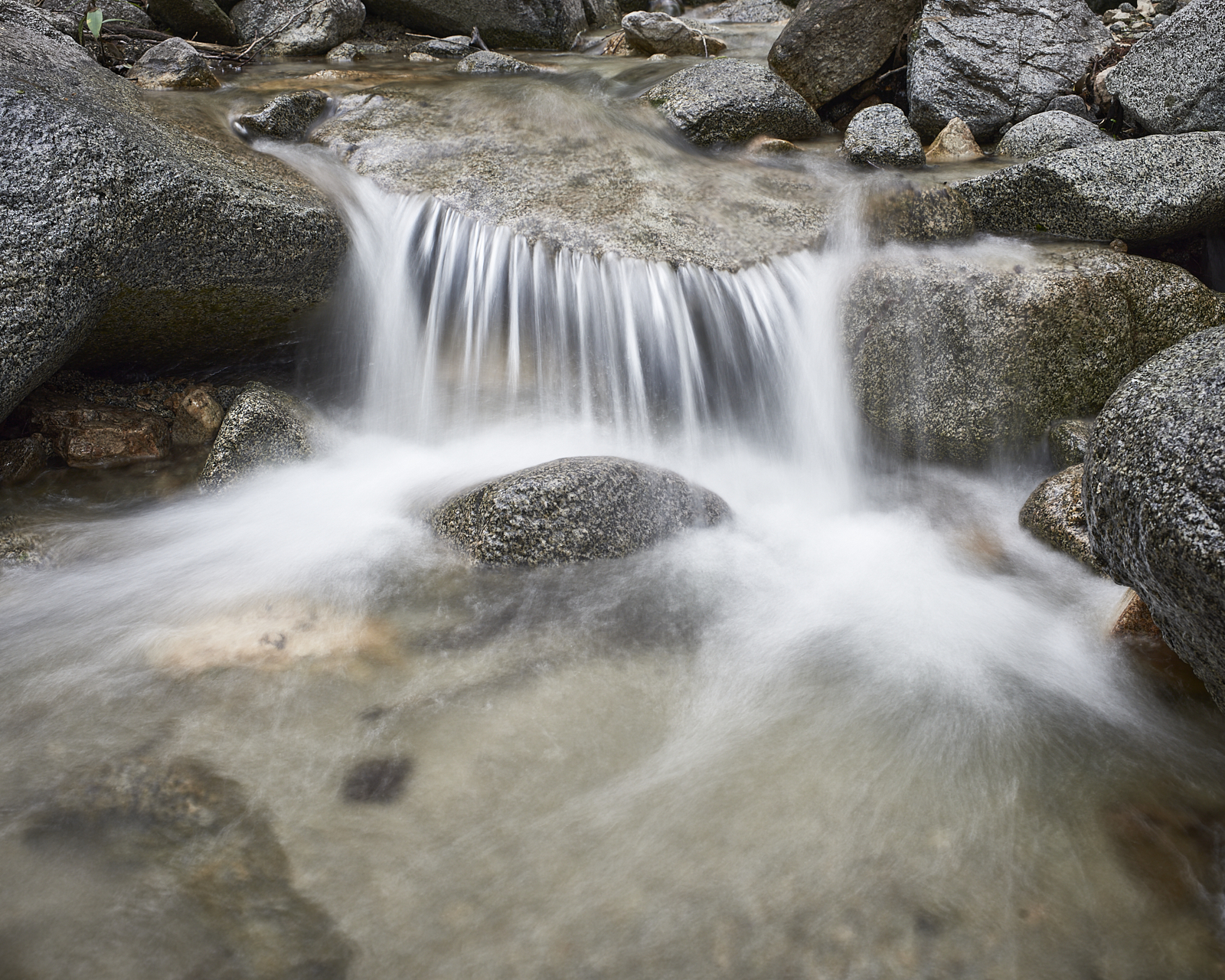
Along with the mud and debris will come the dead trees. Many will fall, blocking the trail and clogging the creek. Others will never leaf out again. Their canopy of leaves that shades the trail through the canyon has certainly been lost.
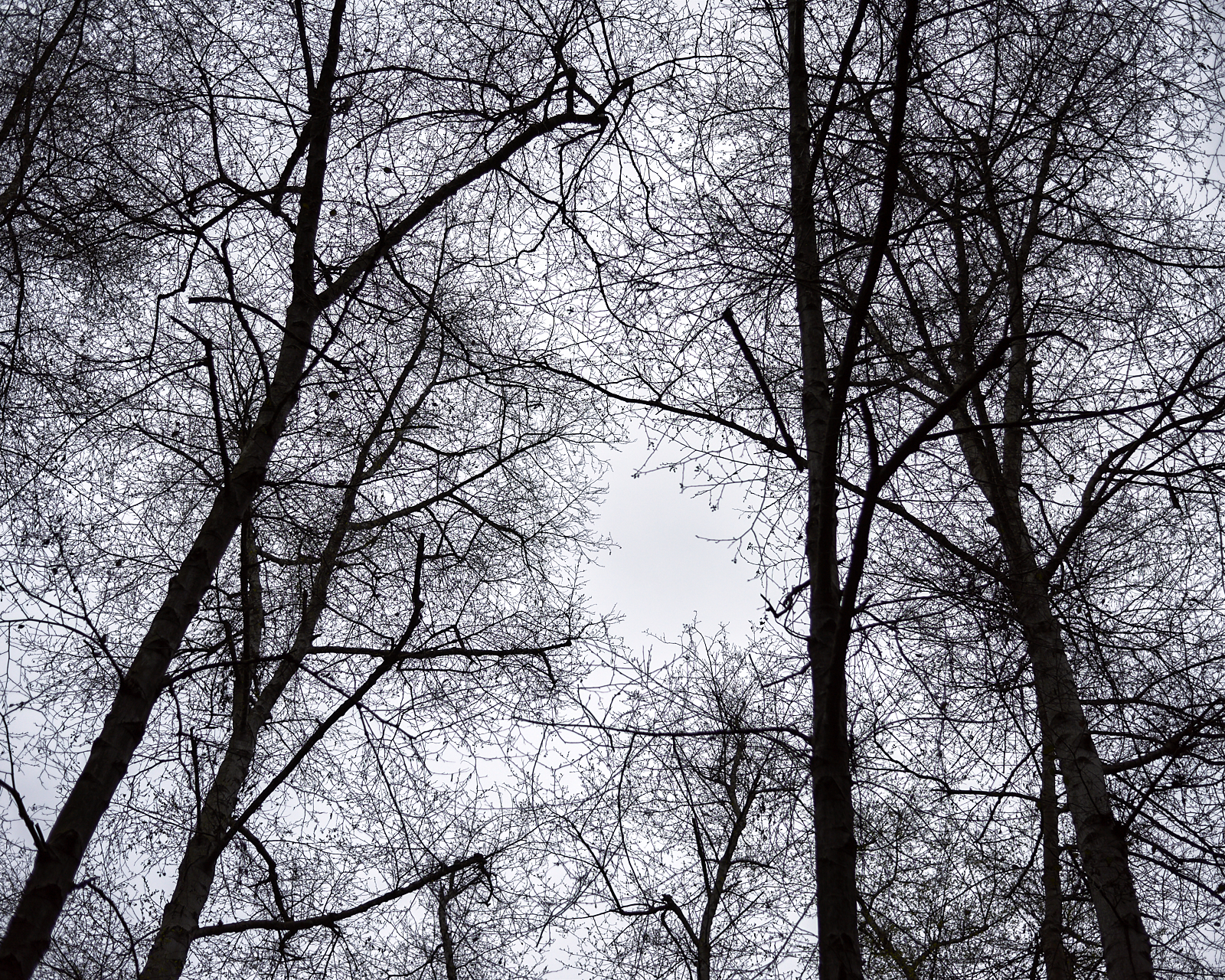
And then there are the camps, Spruce Grove Campground and Sturtevant Camp. Whether or not they have been destroyed, they are closed for the foreseeable future, as is the trail leading to them.
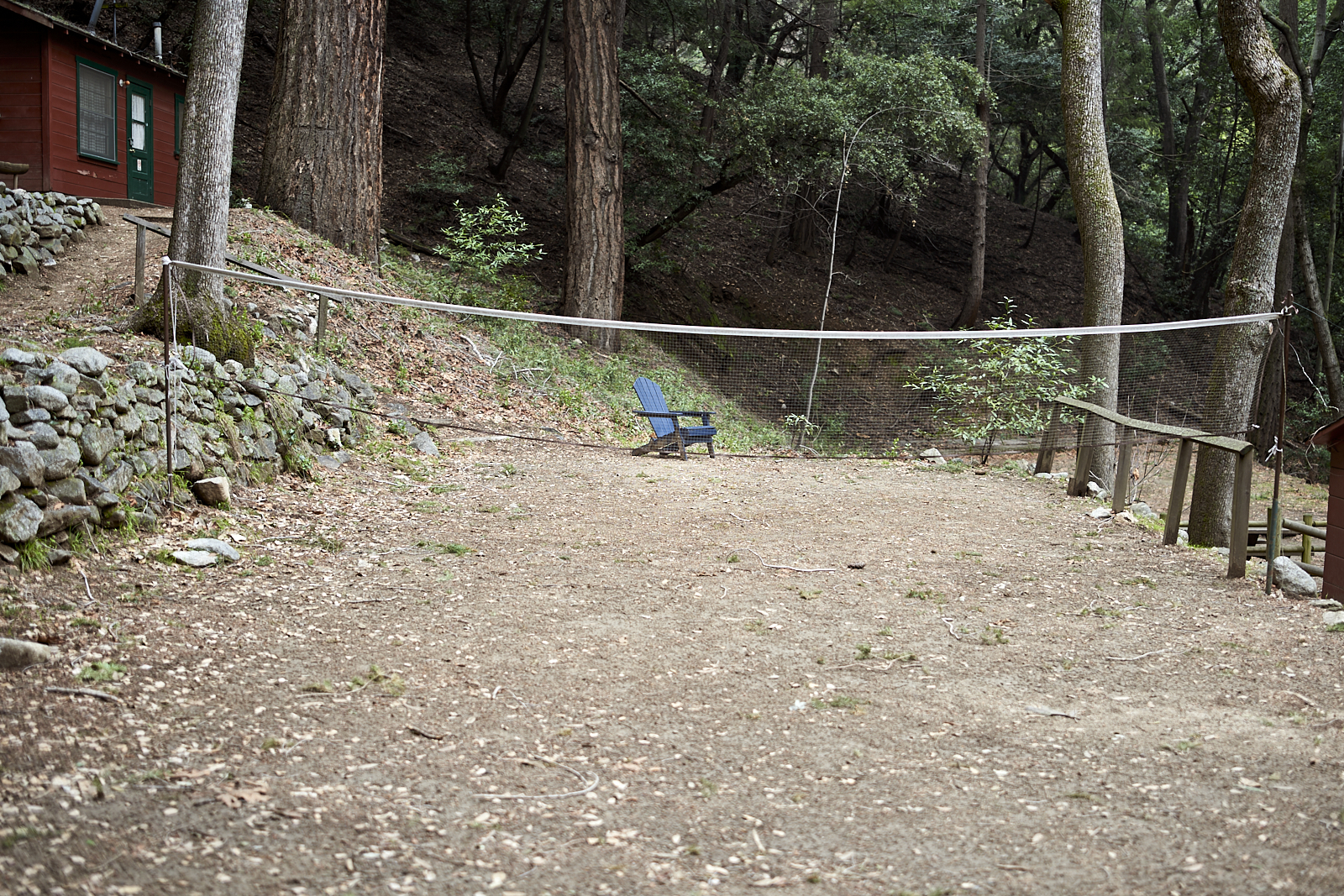
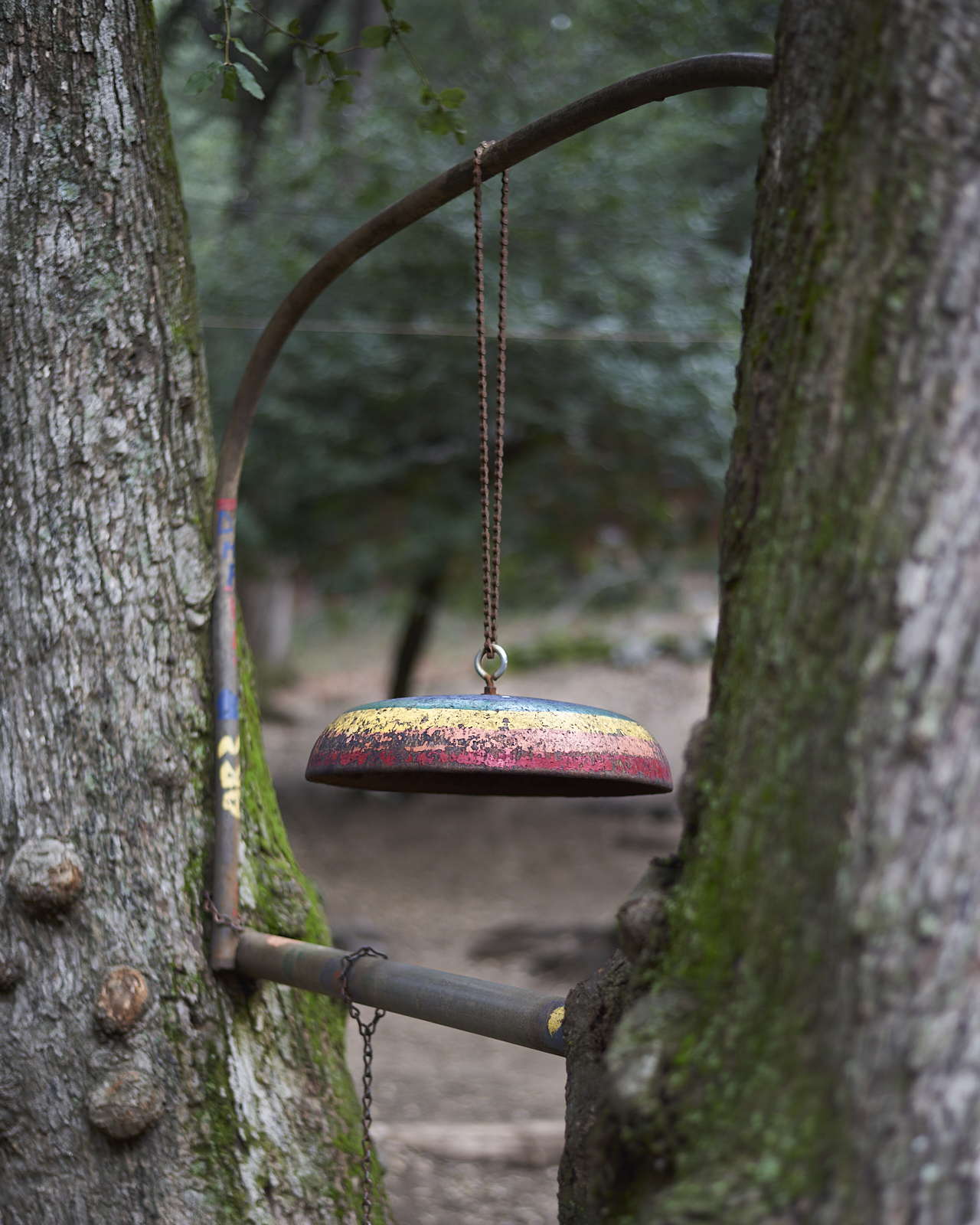
Now, in light of the recent fires, these photographs do more than just preserve moments. They evoke a powerful nostalgia, reminding me not only of the hike that produced these images but also all the hikes over the years as friends and I squandered our youth in these mountains.
